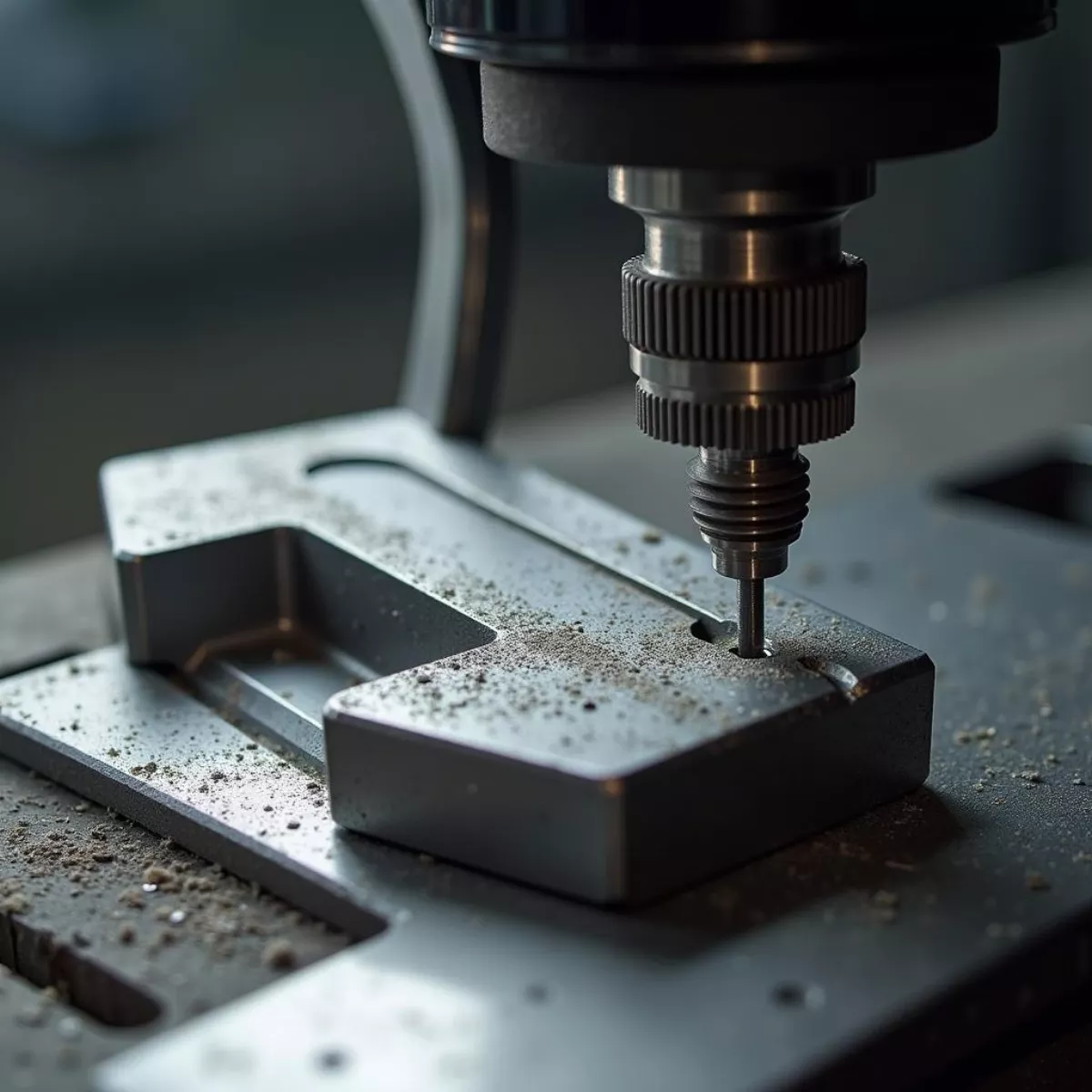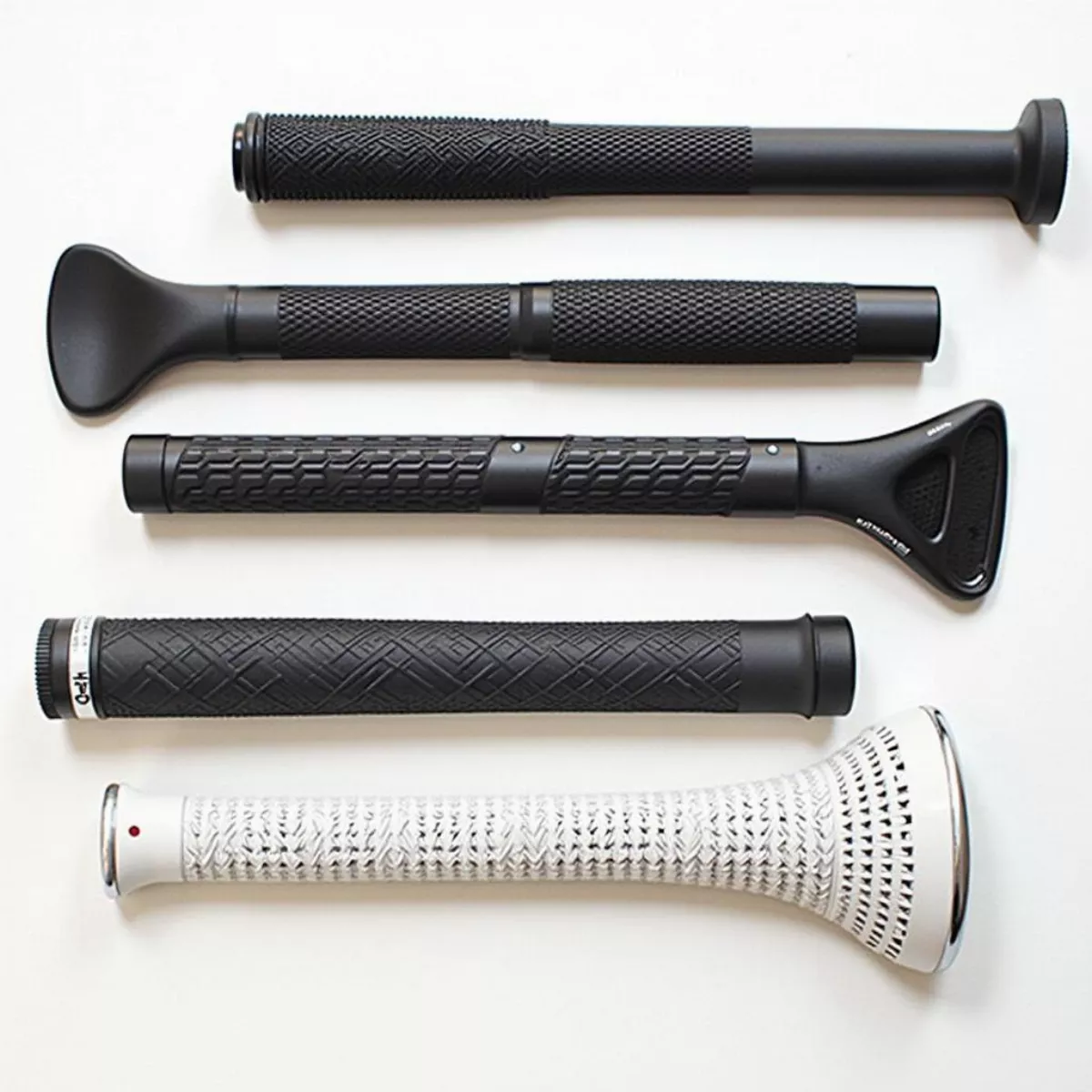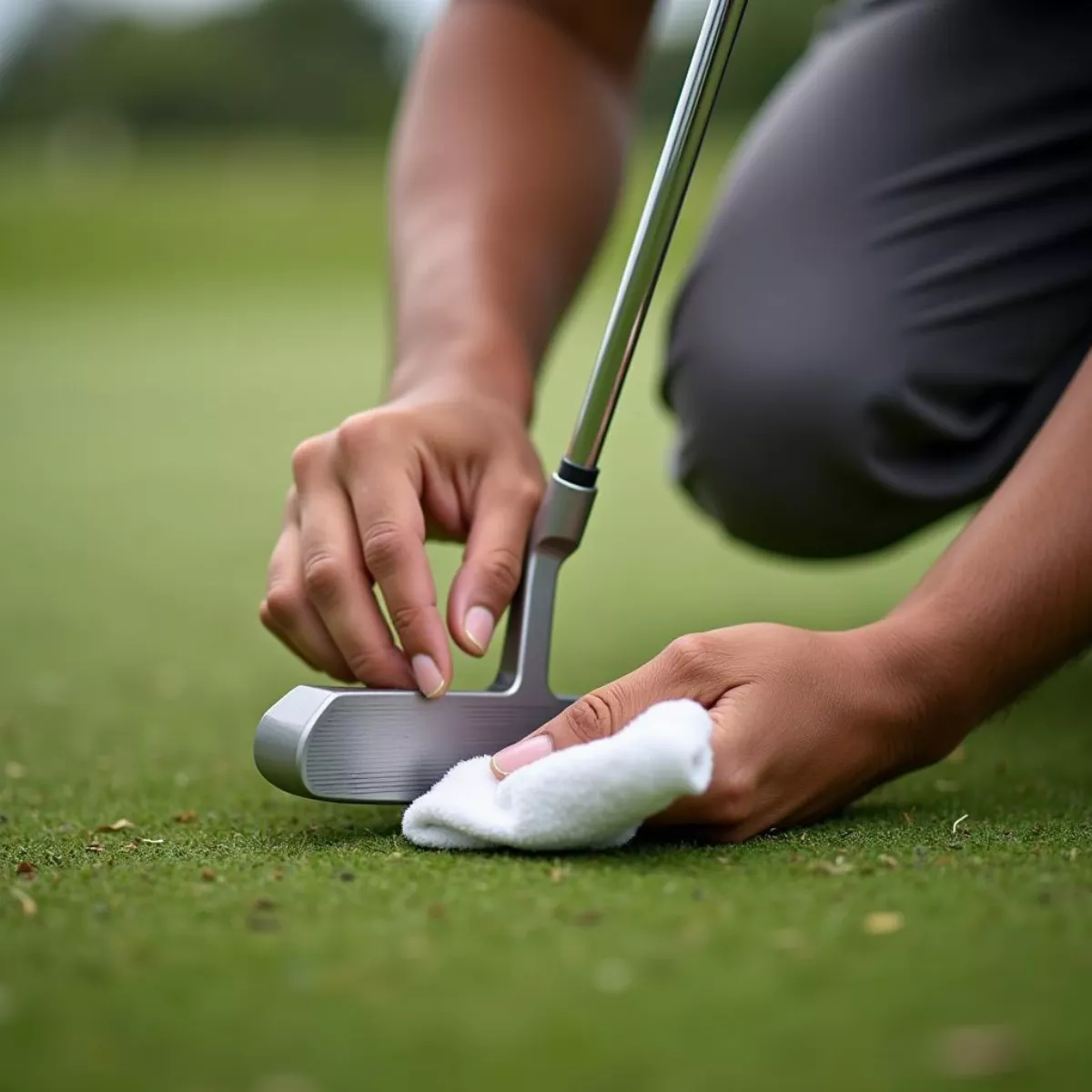Golf is a game of precision, and the putter often plays a pivotal role in determining your score. Among the various types of putters available, the milled putter stands out for its precision engineering and performance. If you’ve ever wondered about this elite piece of golfing equipment, you’ve come to the right place! In this article, we will explore what a milled putter is, its advantages, how it differs from other types of putters, and what you should consider before making a purchase.
What is a Milled Putter?
A milled putter is crafted from a solid piece of metal, usually stainless steel or aluminum, using a process called CNC milling (Computer Numerical Control milling). This process involves removing material from the metal to achieve an incredibly precise shape and design.
Unlike cast putters, which are poured into molds, milled putters are precisely engineered, offering more consistency and enhanced feel.
 CNC Milling Process for Putter
CNC Milling Process for Putter
Key Features of Milled Putters:
- Precision Construction: The milling process allows for tighter tolerances than casting, ensuring more uniform weight distribution.
- Durability: Typically made from high-grade metals, these putters are designed to withstand wear and tear.
- Feel: Many players argue that milled putters provide a superior feel and feedback upon striking the ball, which is crucial for distance control and accuracy.
- Customizability: Milled putters can be easily adjusted for loft, lie angle, and grip size, allowing players to tailor their equipment to their unique needs.
Why Choose a Milled Putter?
When deciding on the right putter for your game, consider the following advantages of a milled putter:
- Enhanced Control:
- The solid construction means more consistent weight and balance, which translates into better control over your putts.
- Superior Feel:
- Golfers often describe the tactile feedback from milled putters as superior, allowing for improved distance control and accuracy.
- Aesthetics:
- Milled putters often have a striking appearance, often finished with sleek designs, and may feature custom engravings.
- Professionally Used:
- Many professional golfers prefer milled putters, cementing their reputation as a top-tier choice for serious players.
 Pro Golfer Using Milled Putter
Pro Golfer Using Milled Putter
- Customization Options:
- The ability to customize aspects such as weight and length helps golfers find the perfect fit for their stroke.
Milled Putter vs. Cast Putter
Understanding the difference between milled and cast putters can help you make an informed decision on what’s best for your game.
| Feature | Milled Putter | Cast Putter |
|---|---|---|
| Manufacturing | Made from solid metal using CNC machining | Created by pouring molten metal into a mold |
| Precision | High precision with tight tolerances | Lower precision with potential defects |
| Feel | Often offers better feedback | Varies by brand and model |
| Customization | Easily customizable | Limited customization options |
| Price Range | Generally more expensive | Usually more affordable |
How to Choose the Right Milled Putter
When selecting a milled putter, consider the following factors:
1. Length:
- Typically ranges from 32 to 36 inches. Choose a length that suits your height and will allow for a comfortable stance.
2. Weight:
- Consider the overall weight of the putter as it can affect swing speed and control. Heavier putters can provide more stability.
3. Grip Options:
- Milled putters come with various grip designs and sizes. Choose one that feels comfortable and enhances your performance.
 Different Putter Grip Styles
Different Putter Grip Styles
4. Loft and Lie Angle:
- Pay attention to these specifications, as they can significantly affect ball trajectory and accuracy.
5. Face Design:
- Different putter faces (flat, raised, or milled grooves) can impact performance. Consider trying different models to see what feels best.
Maintenance Tips for Milled Putters
To ensure longevity and performance, maintain your milled putter with the following tips:
- Clean Regularly: Use a soft cloth and mild soap to clean the face after each round. This prevents dirt buildup which can affect performance.
- Check for Dents/Scratches: Regularly inspect your putter for any signs of damage. A small dent can affect the club’s performance.
- Store Properly: Keep your putter in a protective headcover to prevent scratches when not in use.
Key Takeaways
- A milled putter offers precision, superior feel, and customizable options, making it an excellent choice for serious golfers.
- It differs from cast putters in terms of manufacturing and performance attributes.
- The choice of a milled putter should consider length, weight, grip style, and face design.
- Regular cleaning and maintenance will help retain the putter’s performance and appearance.
FAQ Section
1. What is the difference between a milled putter and a cast putter?
- Milled putters are made from solid metal using CNC milling, while cast putters are produced by pouring molten metal into a mold. Milled putters offer better precision and feel.
2. Are milled putters worth the extra cost?
- While milled putters can be more expensive, many golfers find their superior performance and feel worth the investment.
3. How often should I clean my milled putter?
- It’s a good idea to clean your putter after each round to maintain its performance. A gentle wipe with a soft cloth is usually sufficient.
 Cleaning Milled Putter with Cloth
Cleaning Milled Putter with Cloth
4. Can I customize my milled putter?
- Yes, many manufacturers offer customization options for loft, lie angle, and grip type. It’s best to consult with a fitter to get the right specifications for your game.
5. What styles of milled putters are available?
- Milled putters come in various styles, including blade, mallet, and face-balanced designs to suit different playing preferences.
6. Do professional golfers use milled putters?
- Yes, many professional golfers prefer milled putters for their precision and performance, making them a popular choice on tour.
7. Are there any specific brands known for milled putters?
- Brands like Scotty Cameron, Titleist, and Odyssey are well-known for their high-quality milled putters.
8. What is the best way to choose a milled putter that fits my game?
- Trying out different models at a local pro shop and consulting with a club fitter can help you find the ideal milled putter for your stroke.
9. How does putter weight affect putting performance?
- Heavier putters tend to offer more stability and control, whereas lighter putters can promote a quicker stroke.
10. Is a milled putter suitable for beginners?
- While milled putters can be beneficial due to their performance, beginners may want to consider a more forgiving design that offers better alignment aids.
In conclusion, understanding what a milled putter is can significantly impact your game. By choosing the right milled putter, following maintenance tips, and engaging in proper fitting, you’ll be well-equipped to lower your scores and enjoy the game more. Happy putting!

